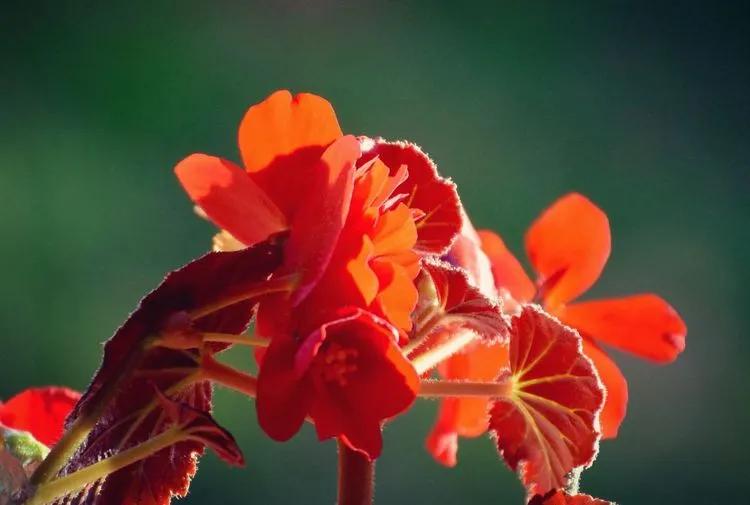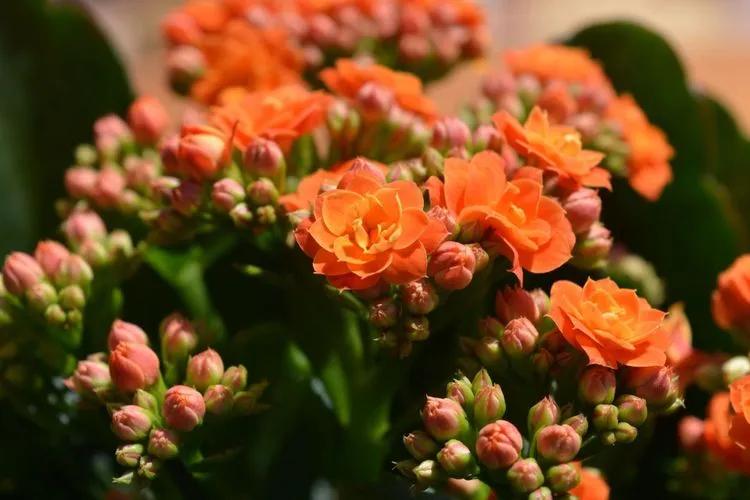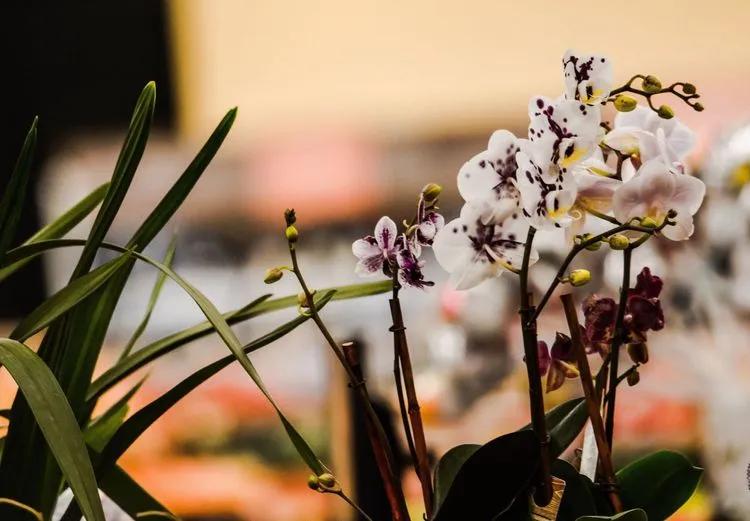
For full development, growth and flowering, each plant needs natural sunlight. Some of them prefer bright direct sunlight, others like diffused light, and still others thrive in shaded areas and cannot tolerate bright lighting.
What are they
Light-loving indoor plants are a specific category of crops that especially need long-term bright natural or artificial lighting. Correctly placing indoor flowers so that they are comfortable is one of the main tasks of any grower. In the wild, light-loving plants grow mainly in tropical and subtropical climates, where there is a lot of sun and moisture.
| It is quite possible | It is quite possible | It is quite possible | It is quite possible | It is quite possible | It is quite possible | It is quite possible |
| Most often, light-loving plants have smooth, narrow | round leathery or slightly pubescent leaves | Most often, light-loving plants have smooth, narrow | round leathery or slightly pubescent leaves | Most often, light-loving plants have smooth, narrow | round leathery or slightly pubescent leaves | Most often, light-loving plants have smooth, narrow |
| narrow, oblong, round leathery or slightly pubescent leaves. | Light fluff on the | narrow, oblong, round leathery or slightly pubescent leaves. | Light fluff on the | narrow, oblong, round leathery or slightly pubescent leaves. | Light fluff on the | narrow, oblong, round leathery or slightly pubescent leaves. |
It is quite possible to keep such plants at home. If you know their features, needs, properties, rules of care and placement, then even a novice flower lover can cope with this task. Most often, light-loving plants have smooth, narrow, oblong, round leathery or slightly pubescent leaves. Light fluff on the leaves scatters direct sunlight, protecting the surface of the plant from burns.
Light-loving plants are best placed in areas where there is ample natural light. In the winter-autumn period, when there is not enough sunlight, light starvation begins in such crops, their leaves lose their bright color, buds are not formed, the plant gradually loses its natural characteristics, becomes faded and sluggish, and can stretch out.
To avoid this, it is recommended to use additional lighting with fluorescent lamps in winter. So daylight hours for a pet is extended to 10-12 hours. An even better option would be special biolamps for plants with a special spectrum, as close as possible to solar radiation.
To choose the right place for a light-loving plant, you need to take into account several factors: the number of sunny days per year in the region of residence; how intense the sun's rays are; seasons; individual characteristics and needs of the plant. In the spring-summer period, light-loving plants can be kept on the southeastern or southwestern window sills; in winter and autumn, it is better to move such crops to the south side. Plants placed on the sunny side must be watered and sprayed on time at least once a day (if the culture requires it).
The soil in pots dries out quickly, becomes dense and lumpy, which negatively affects the well-being of the plant. The substrate must be loosened at least once a week.
Species
The beautiful appearance and abundant flowering of some plants is directly dependent on the amount of sunlight they receive. But not all sun-loving flowers are able to withstand direct bright sunlight, some prefer diffused light.
Begonia

A plant whose family includes several hundred varieties. Each species has its own external distinctive characteristics, as well as individual characteristics and content needs. Large species of the family can grow up to 2-3 meters in height, the smallest dwarf varieties do not exceed 20 cm.The flower is very fond of diffused light and does not particularly favor direct sunlight. The plant grows well not only in pots, but also outdoors, where it has more room for the root system. Caring for begonia means that it absorbs scattered sunlight in a metered dose, you do not need to keep it in direct sunlight around the clock. Loves regular abundant watering, loose fluffy soil, fresh air, but no drafts.
Geranium

It loves light very much, ideal for southern windows, on very sunny days it needs to be slightly shaded so that the beautiful velvety leaves do not burn. Geranium was born in South Africa, so any bright light can carry it, feeling pretty comfortable. The flower loves open ground, grows well until autumn, after which it should be dug up and placed in a pot for keeping on the windowsill. Prefers moderate watering, does not tolerate waterlogging of the soil, therefore, a drainage system must be laid out at the bottom of the pot. For abundant flowering, it requires nutritious soil and regular feeding.
The flower should not be sprayed with water, since the upper surface of the leaves is pubescent, water can collect on the hairs, which can negatively affect their appearance.
Kalanchoe

A beautiful ornamental medicinal plant, loves bright light, easily tolerates direct sunlight, ideal for an apartment with south-facing windows. Feels great outdoors, loves regular watering, loose soil, mineral fertilizing, moist air. This plant loves to be sprayed with water, it is very prolific, small children grow on the cloves of each leaf, which, falling into the ground, take root on their own and begin to grow rapidly.
Phalaenopsis

This orchid is an incredibly beautiful and exotic plant. Each type of phalaenopsis has its own requirements for lighting and watering. Some species are not afraid of the bright sun, others prefer shaded places for a comfortable existence. Light-loving orchids need a long day of light, good watering, and moist air. Depending on the composition of the soil, it does not tolerate frequent transplants. It takes several months for an orchid to take root in a new place. In winter, daylight hours must be artificially lengthened with the help of additional lamp lighting. In the period between flowering it adores warmth, during flowering it prefers coolness.
Ficus

A beautiful light-loving plant that originally comes from hot countries. Ficus can be in the form of a tree, bush or liana. Depending on the species, the leaves of the plant can be monochromatic or variegated, large oval or small narrow. Loves the sun, but does not tolerate direct sunlight, good regular watering, spraying with water at room temperature. Needs warmth, does not tolerate drafts and cold. In winter, due to a lack of sunlight, the plant needs additional artificial lighting. Lack of light negatively affects the life of the culture, its beautiful leaves fade, dry out and fall off.
Signs of insufficient lighting
Lack of natural light negatively affects the development and growth of any plant. To create a comfortable environment, growers add artificial light to natural lighting. It is best if the lighting hits the plant from above and not from the side. Any culture is drawn to the source of light. The following signs indicate a lack of light.
Sparse, unevenly spaced leaves. When there is not enough light, they either do not form at all, or quickly fall off.
Elongated thin, weak shoots and leaves on them. This indicates that the plant is struggling to reach for the light source.
Leaves and flowers are faded.
Some crops, in the absence of proper lighting, are not able to saturate their leaves with their natural color. The plant takes on a dull, painful appearance.
The flower stalks released by the plant and the formed buds fall off without opening.
With a lack of natural light, light-loving plants cannot fully produce chlorophyll, form beautiful buds, and give the leaves an exotic bright color.
